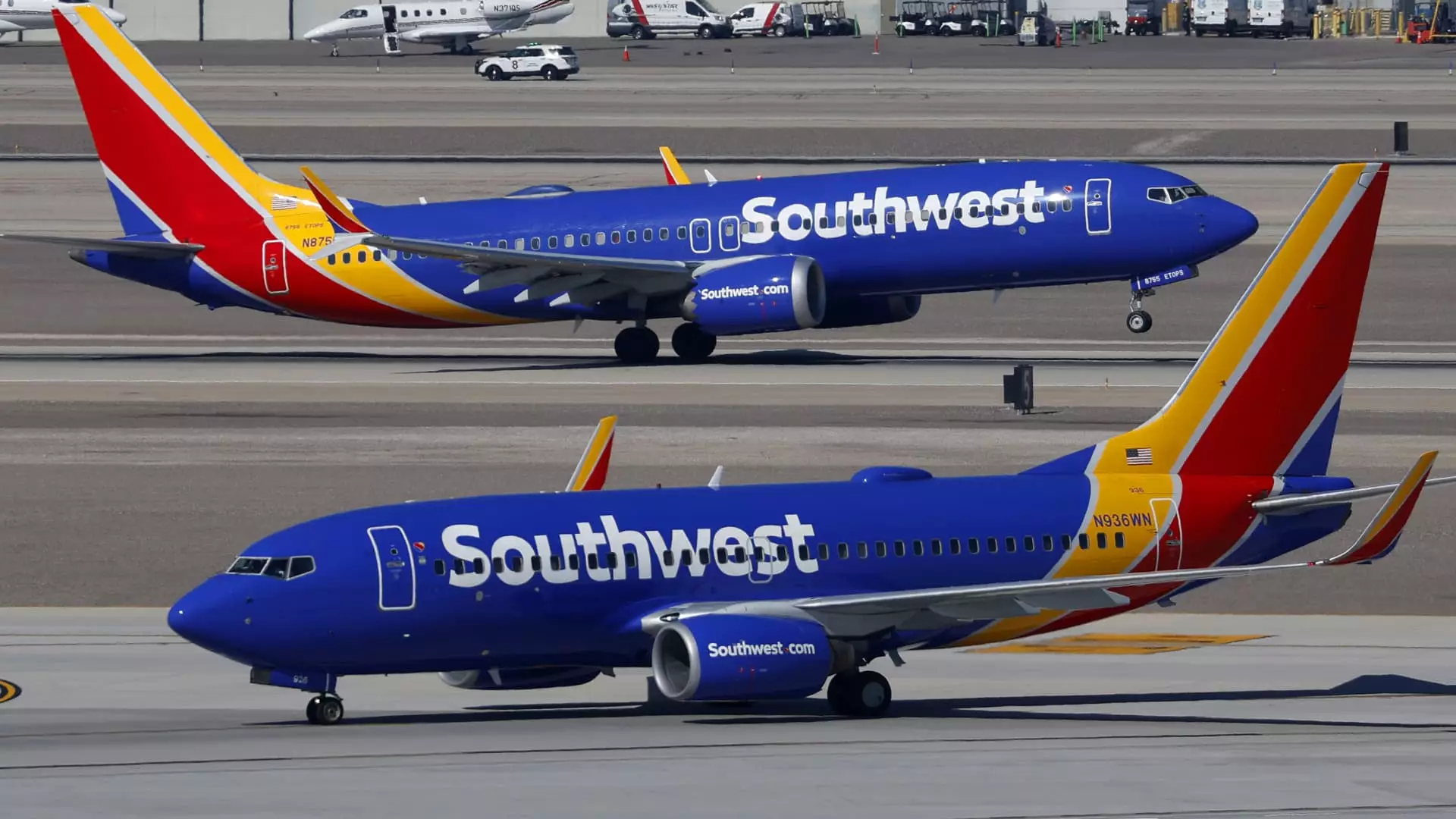Southwest Airlines, long revered for its rebellious spirit against industry norms, is making a bold move that threatens to redefine its identity: the end of its beloved open seating policy. For over five decades, Southwest’s open seating was a defining hallmark—an egalitarian approach that fostered a sense of spontaneity, fairness, and even camaraderie among travelers. This model, while innovative, is now giving way to assigned seating, signaling a shift driven by financial pragmatism rather than passenger loyalty.
This decision reveals a fundamental tension: the airline’s desire to maximize revenue at the expense of a cherished cultural pillar. Open seating allowed passengers to prioritize their own preferences, but also created chaos, competition, and sometimes resentment. As Southwest pivots toward assigned seating, the airline risks alienating loyal customers who appreciated its informal approach. The move underscores a broader strategy aimed at competing with more profitable rivals—charging for checked baggage, introducing tiered fare classes, and reconfiguring cabin layouts—all in pursuit of increased revenue streams.
However, this relentless push for profitability reveals a disturbing shift in Southwest’s core ethos. Once seen as an innovator that challenged industry conventions, Southwest now appears increasingly driven by conventional revenue strategies. The question is whether this transition will erode the airline’s unique brand identity, diluting what made it different in the first place.
Economic Realities versus Cultural Identity
Southwest is no stranger to adaptation, but the recent overhaul is emblematic of the harsh economic realities facing the airline industry. The move to assigned seating appears to be a calculated step towards stabilizing revenue, as indicated by projected increases of $800 million in earnings this year alone. The company’s leadership openly acknowledges the need to adopt new models that reflect modern consumer demand and industry competitiveness.
Yet, targeted customer segments—loyal frequent flyers, families, and budget travelers—stand to bear the brunt of this shift. The previous open seating was a democratizing feature that allowed travelers to choose seats spontaneously, which many appreciated as a form of personal control. Now, boarding groups and seat assignments introduce a new layer of complexity, hierarchy, and potential frustration. The stress of racing for seats or feeling forced into less desirable options might diminish the positive experiences that once defined Southwest’s brand.
Furthermore, the removal of open seating arguably commodifies the travel experience. Seat-price differentiation—standard, preferred, extra legroom—reasserts class distinctions within what was once an egalitarian environment. While these upsells may pique short-term revenue gains, they risk creating a customer experience that feels less accessible and more transactional. It raises doubts about whether Southwest can maintain its reputation as a customer-friendly airline while embracing practices that mirror traditional carriers known for their fees and restrictions.
Implications for Customer Loyalty and Industry Culture
The shift also lays bare a fundamental question: at what cost does Southwest’s pursuit of profits come? Loyal customers, who appreciated the airline’s unique culture, may view assigned seating as a betrayal of its founding principles. The excitement of securing a preferred seat, the unpredictability of boarding, and the sense of community created by open seating are elements that can’t easily be replaced.
Moreover, the new boarding process could introduce new frustrations amid the efficiency gains. While the airline asserts that computer models have optimized boarding times, the reality may be different. Hierarchies based on tier status and seat selection could exacerbate feelings of inequality or favoritism. The chaos and spontaneity of open seating are unlikely to be fully replicated by ordered groups, and for many, the sense of fairness may be compromised.
From an industry perspective, Southwest’s decision signals a broader trend—traditional carriers increasingly adopting practices once considered unacceptable or incompatible with low-cost, customer-centric models. The question remains whether this convergence leads to a more profitable, but less genuine airline culture, or if it ultimately undermines Southwest’s competitive edge rooted in authenticity and innovation.
Southwest Airlines’ move away from open seating exemplifies a critical inflection point—balancing the pursuit of profit against the risk of losing the very identity that defined the brand. While financial imperatives are undeniable, the challenge will be preserving the loyalty and goodwill that made Southwest a beloved airline, even as it navigates the turbulent waters of modern aviation economics.

Leave a Reply